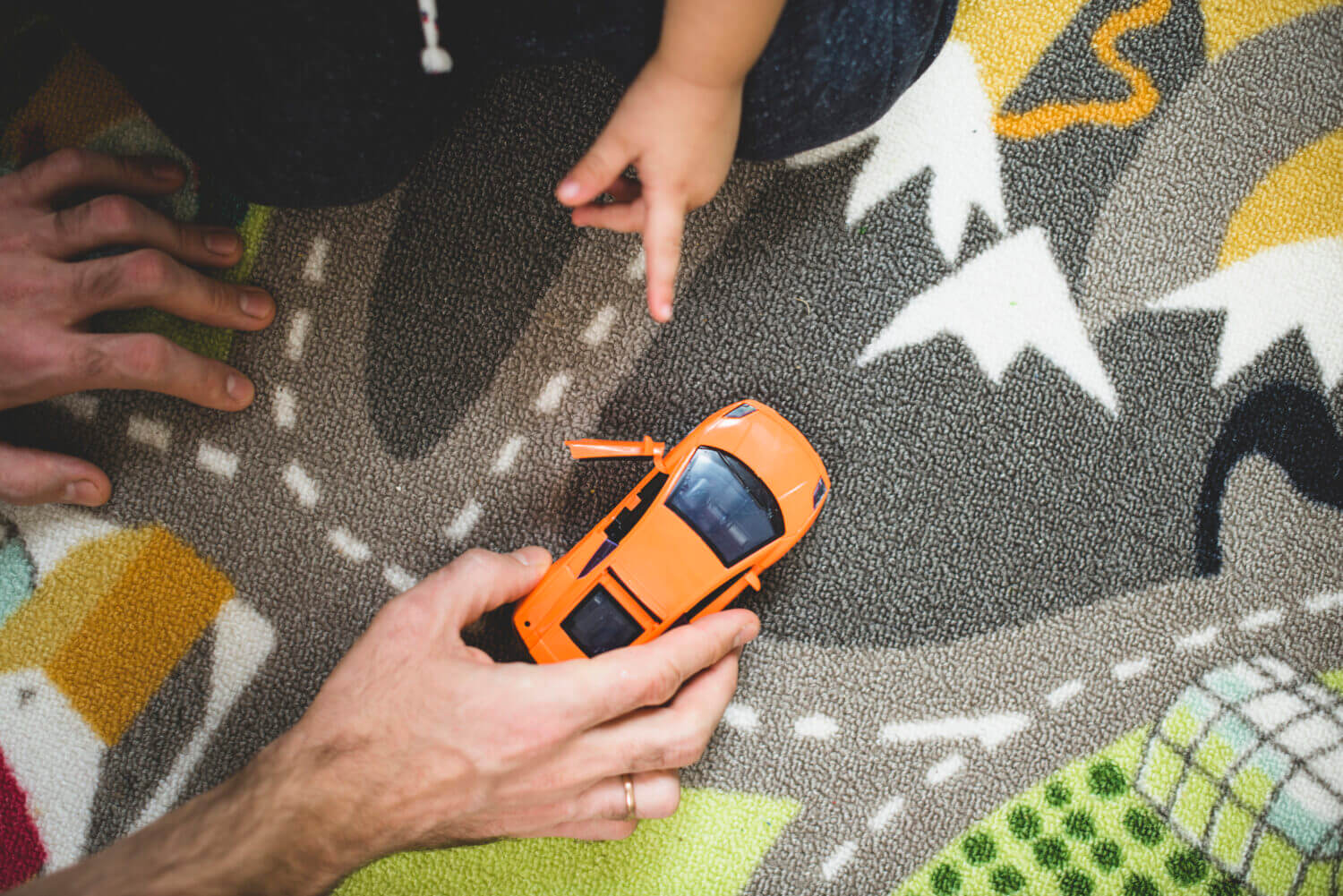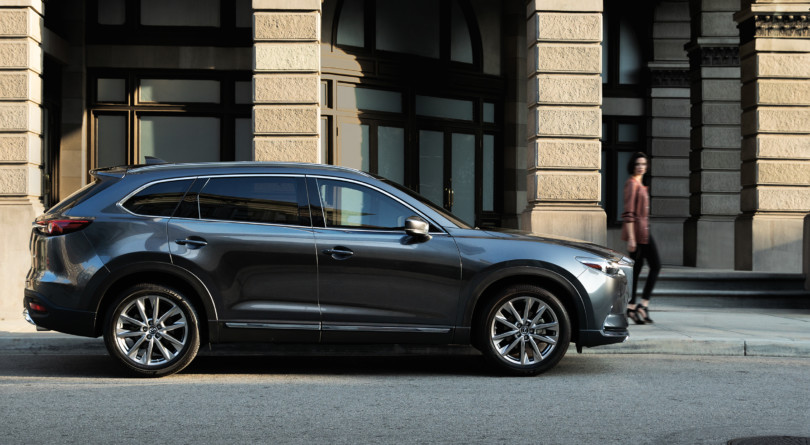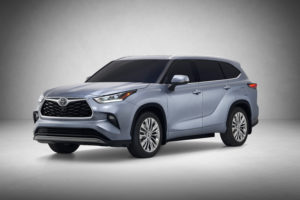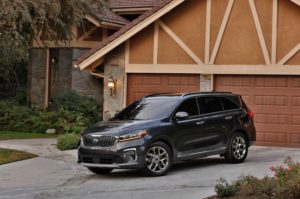“We’re outgrowing our family vehicle, but we don’t want a minivan. What are the best options?”
Even though he has three years left on his current vehicle loan, Andrew wonders if it makes sense to move to a lease on a new SUV for safety and warranty reasons.














